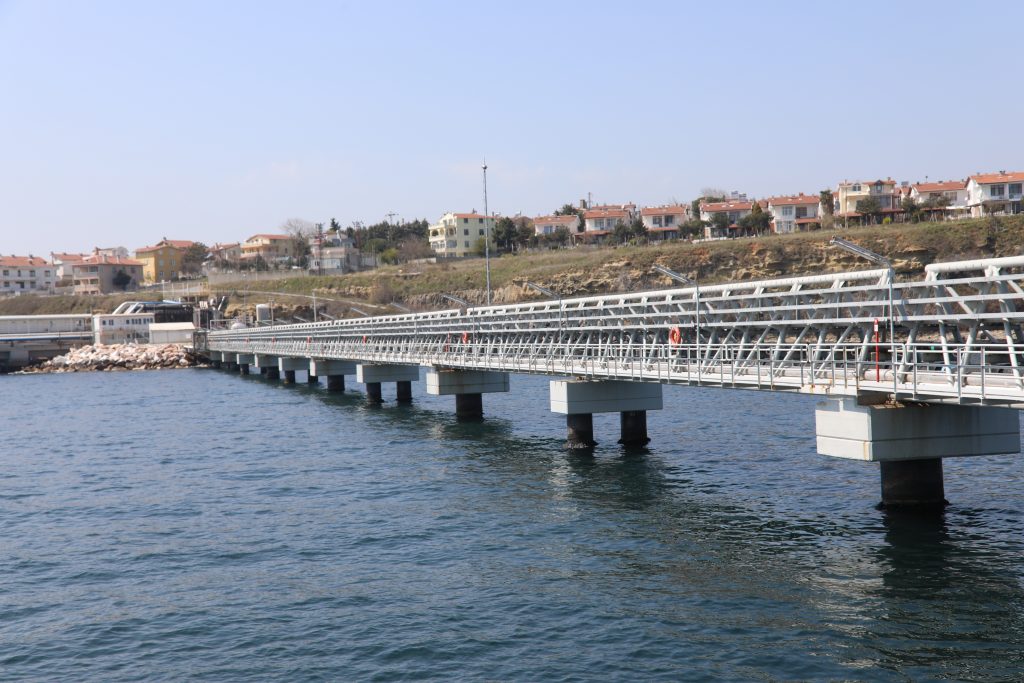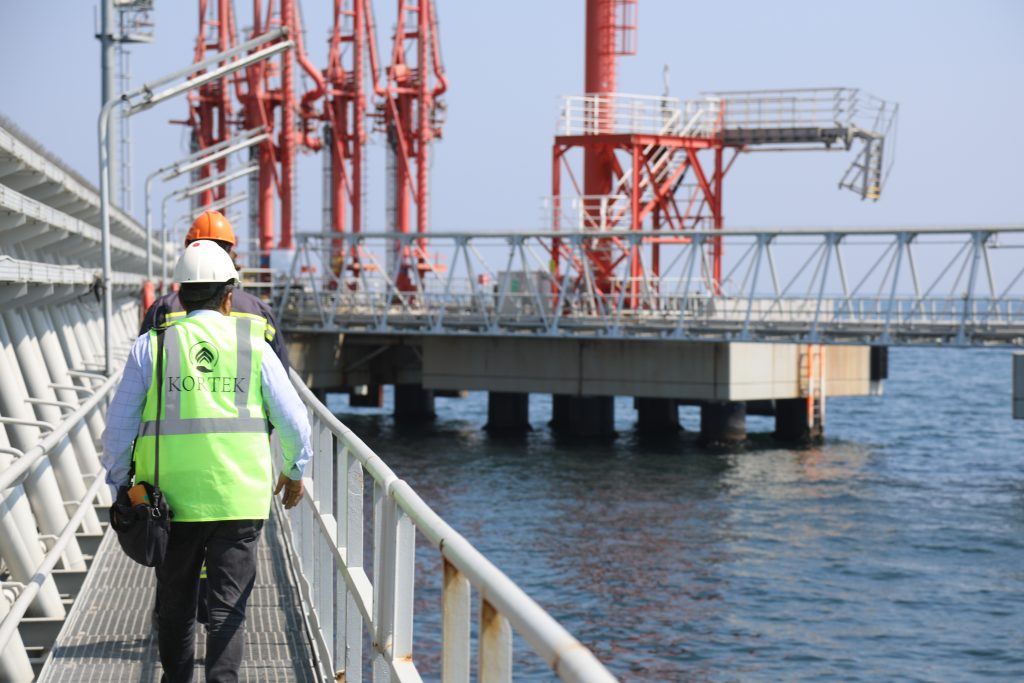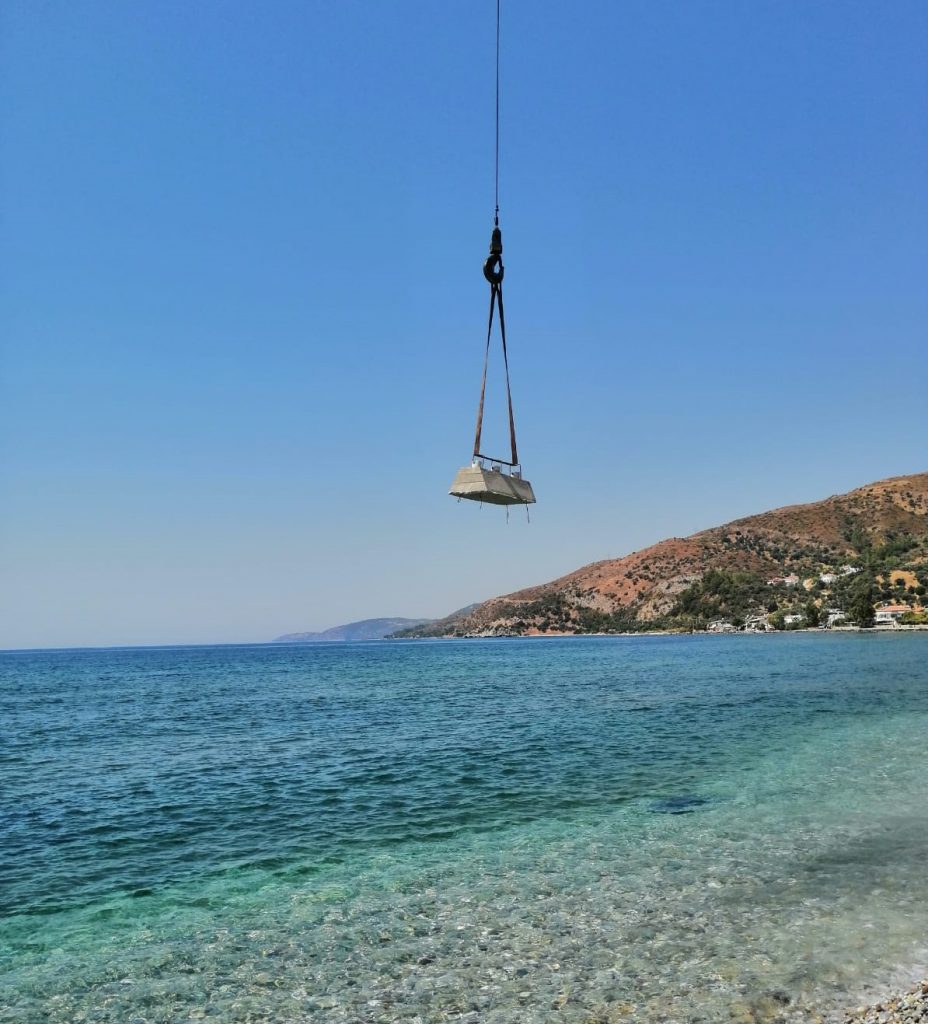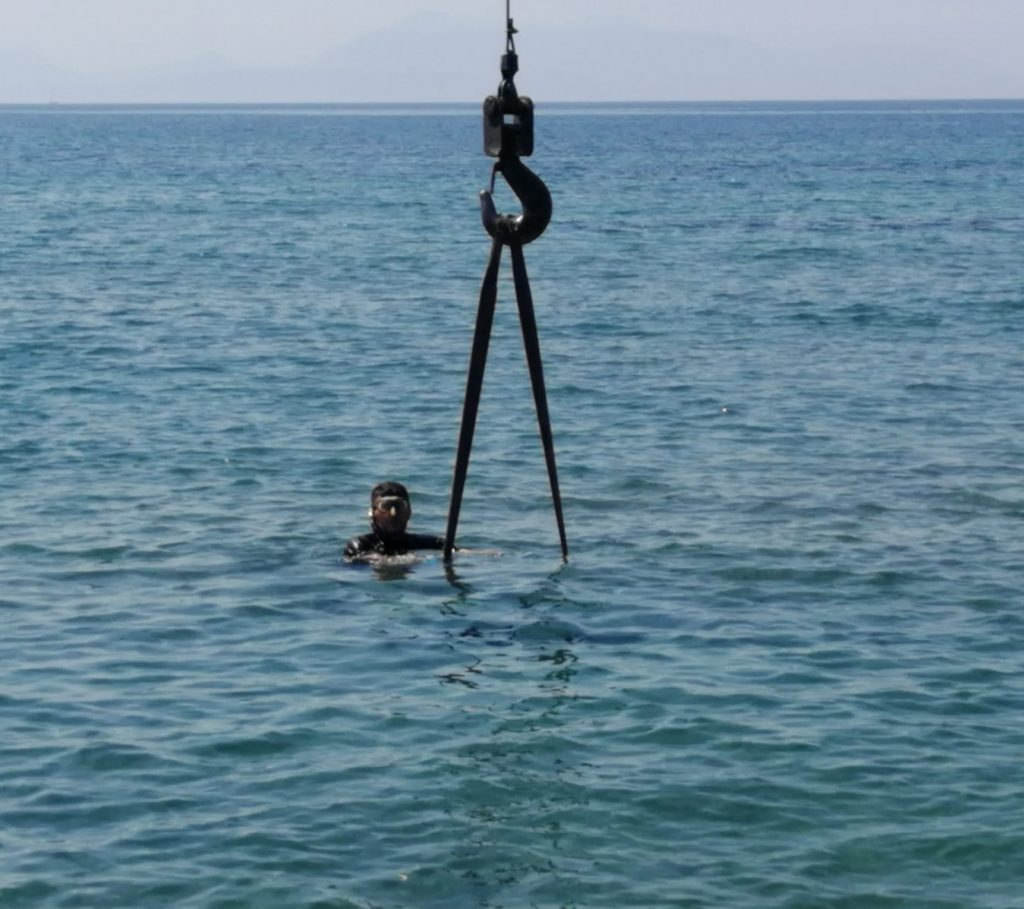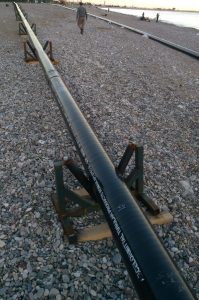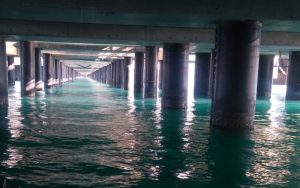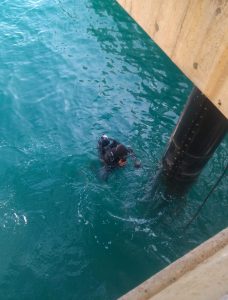OFFSHORE AND MARINE INSTALLATION WORKS
Offshore and Marine works involve unique conditions and problems that can greatly influence execution of work, but such conditions and problems vary considerably depending on the location of the jobsite and types of activities. Our company can overcome many of those problems with different types of installation technics and designs.
In this area, the most important design issues are determining the protection zone, electrical connection of the CP elements and mechanical forces to the CP system. There are quite a few ways to overcome every single issue based on Client’s requirements and related specifications, that has an advantage one on another.
Main offshore and marine installation technics for Impressed Current Cathodic Protection (ICCP) system;
- The anodes are evenly distributed along and very close to the structure. There is less risk of a completely shut down of the CP system due to cable damages. However, there are much more work to keep the system alive in a manner of maintenance and repair of the CP elements.
- The anodes are installed remotely to the structure. There is a less risk that cables are being cut or damaged by external forces. But, if the cable is broken, some part of the structure CP system is cut off until the main anode cable is repaired.
Main offshore and marine installation technics for Galvanic Cathodic Protection (with sacrificial anode) system;
- The anodes are homogeneously distributed and installed to the structure. The main difference from an ICCP system is the maintenance cost. Because, the system starts working as soon as the anodes are electrically connected to the structure (cathode) and the anodes are working throughout the design life unless there is a mechanical force that causes the separation of the anode from the structure (cathode).
- The anodes can also be installed remotely to the structure. Again the maintenance cost is much lower than an ICCP system but an advantage of less labour brings a disadvantage of the possibility of anode cable damage.

